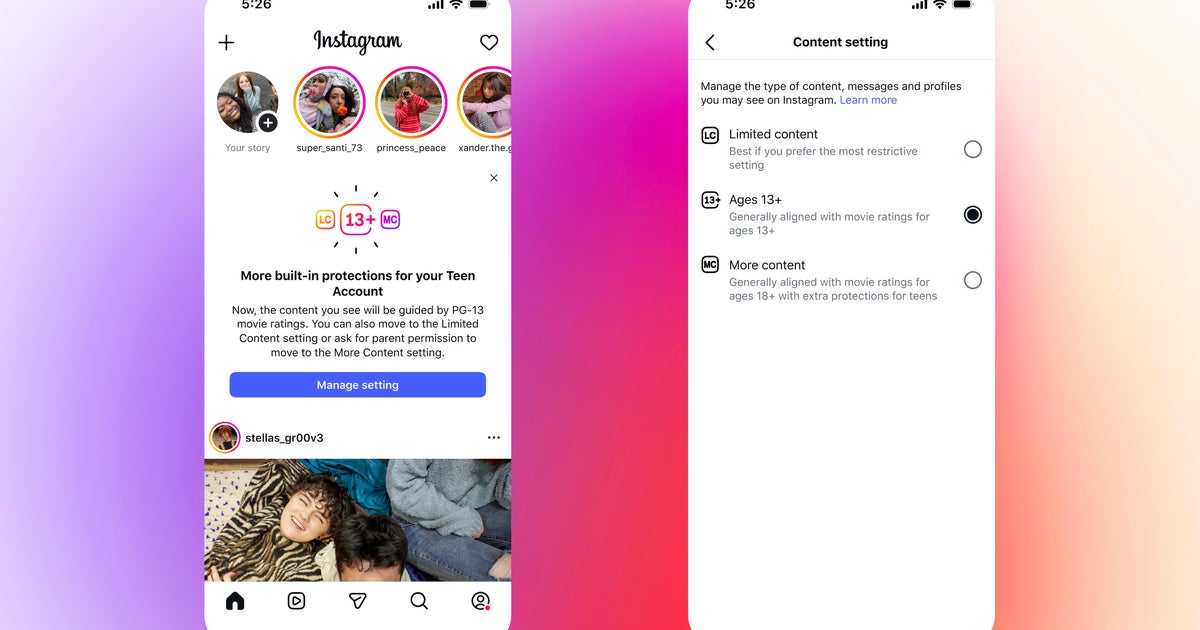Instagram Implements Stricter Content Restrictions and Default Settings for Teen Users
Instagram is implementing new default content settings and expanded restrictions for teen users, blocking posts with strong language, drug paraphernalia, and harmful behaviors.
Overview
- Instagram now defaults teen accounts (under 18) to a "13+" content setting, based on PG-13 movie ratings, to safeguard young users from inappropriate material.
- The platform is implementing new restrictions that will hide or block posts containing strong language, drug paraphernalia, potentially harmful behaviors, alcohol, tobacco, or risky stunts.
- These updates expand restrictions by blocking search terms like 'alcohol' and 'gore,' and preventing teens from following accounts posting age-inappropriate content.
- The measures aim to prevent exposure to sensitive topics such as self-harm, eating disorders, suicide, and sexually suggestive or graphic adult material.
- Parents can utilize enhanced controls to select stricter settings and report inappropriate content, with full implementation of these new restrictions expected by the end of the year.
Report issue

Read both sides in 5 minutes each day
Analysis
Center-leaning sources cover Instagram's new PG-13 restrictions for teen accounts neutrally. They present Meta's announcement factually, detailing the changes without editorializing. The coverage includes relevant background on past criticisms and legal challenges, alongside diverse perspectives from advocacy groups and academics, ensuring a balanced and informative report on the development.
Articles (13)
Center (5)
FAQ
Instagram will block or restrict posts that contain strong language, drug paraphernalia, harmful behaviors, alcohol, tobacco, risky stunts, self-harm, eating disorders, suicide, and sexually suggestive or graphic adult material for teen users by default.
Instagram now defaults teen accounts (under 18) to a "13+" content setting, based on PG-13 movie ratings, to shield young users from inappropriate material, hiding or blocking age-inappropriate posts and limiting exposure to sensitive topics.
Parents can use enhanced controls to select stricter content settings for their teen’s account and report inappropriate content, with Instagram planning full implementation of these restrictions by the end of the year.
Yes, research indicates many of Instagram’s protective features for teens are ineffective or have limitations, with examples including ongoing recommendations of sexual or violent content and ability of adults to message teens who do not follow them, raising safety concerns.
About 65% of young teen users reported not seeing notifications encouraging them to take breaks after one hour on Instagram, and among those who did see them, 37% said the notifications did not reduce their time spent on the app.
History
- 20d

 4 articles
4 articles
- 20d

 6 articles
6 articles










